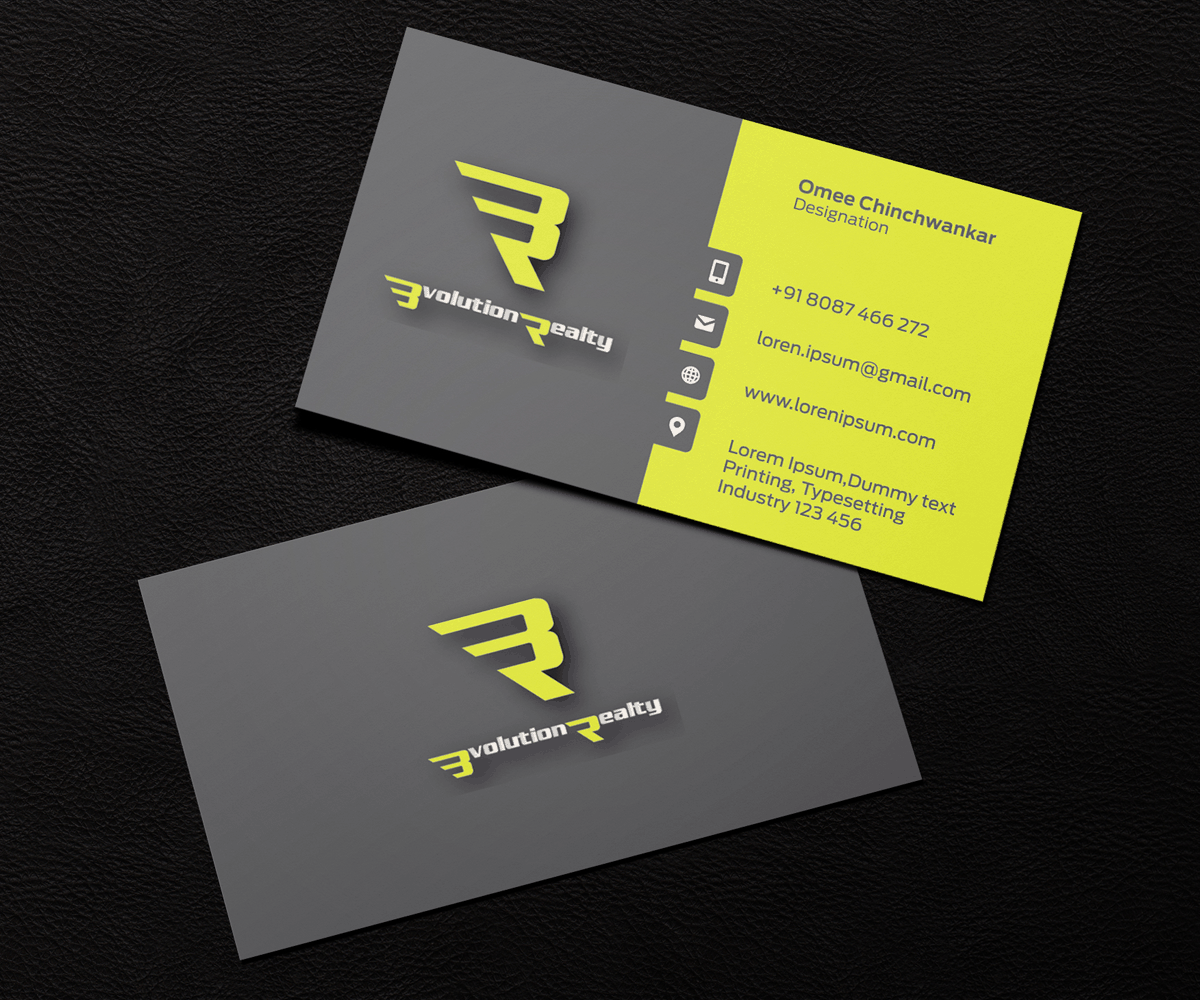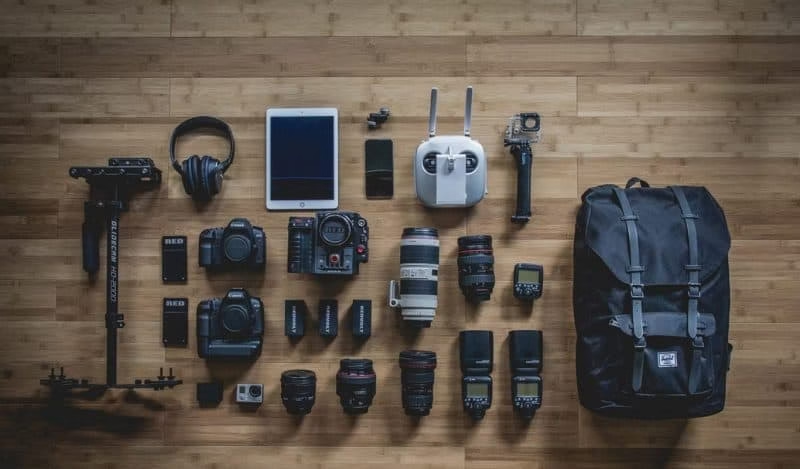
Skills and tools are the basics for any profession especially when we cover a topic like photography which has become a very popular profession these days. Having a perfect visualisation of your perfect shot is a good start! Where to start from? Let’s do some homework for the start of your profession for your clarity before starting with it. The best shots you’ve been dreaming of requiring the best camera accessories.
Use of reflection, light, ambience, keeping in mind the exposure level, avoiding camera shakes are some of the details which good photographers do. But, keeping a keen interest in what camera accessories you have to kick-start your profession, or reach the ultimate level from the amateur level, reaching greater heights also plays a very big role.
These are the technical aspects where a photographer should take care of. To guide you through this, I have listed down 20 camera accessories to help each of you with your homework, I’m a regular visitor at the camera accessories shop near me:
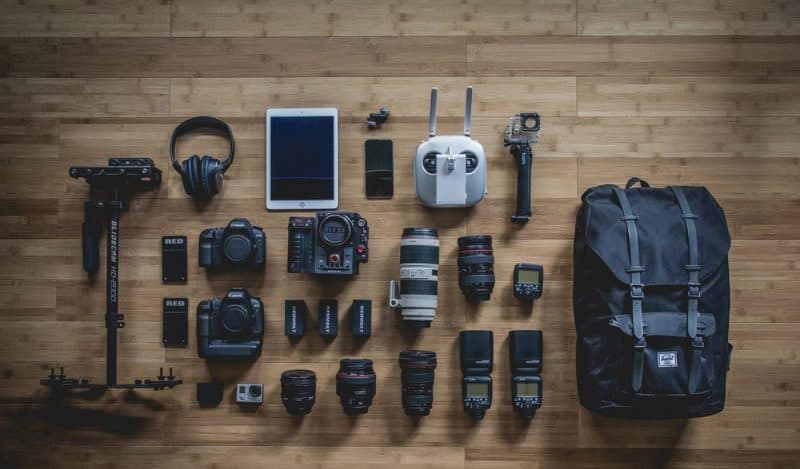
. Camera Accessories for Beginners:
1. Tripod:
Like I previously mentioned, camera shakes are not cool! To skip that ghost-like images, which may scare you yourself, Tripod is the best way to overcome it. For amateurs who are used to handling their DSLR cameras without having a tripod might as well want to try it, as it helps you bring the best stills and landscape images. Moreover, it also proves useful to click the picture with low-light or long-exposure.
Slow shutter speeds with a small aperture for the day-time shoots gives some interesting effect to your shot, which you might not want to miss upon for experimenting. Remember, DSLR camera accessories giving new definition to all the sweat you wept should never be turned upon, especially for beginners. Tripods are best for experimenting, to discover new tactics. The more you experiment the better you learn. This is also one of the good camera accessories gifts if you have a photographer friend.
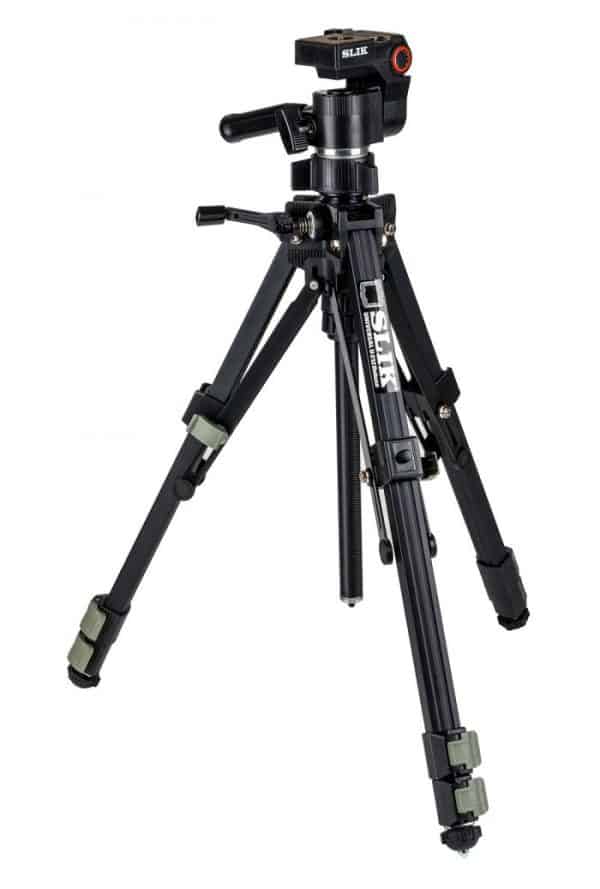
2. External flash:
Photographic lighting, a trick which wonders. Thanks to Thomas Alva Edison for discovering bulb helping us to cover our wrinkles in the pictures. One of the major inventions for which girls will always be grateful to make them look younger.
What if you have the perfect backdrop, the perfect camera, the best model, but you blame the light’s direction for ruining it. Light plays 70% role in a shot to “look good”. This is where external flash plays a role to manipulate light according to your will. Giving you more control over the shots you click and use in a manner moulding it in your favour.
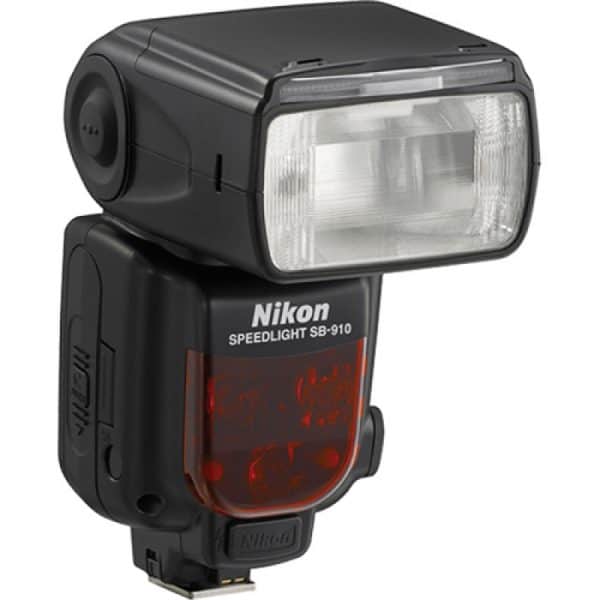
3. Flash Diffuser:
As mentioned before, an external flash can be manipulated easily to your favour. Flash diffuser is a saviour when you are in a need of soft shadows and scattered light, instead of the harsh light-giving you sharp shadows. Though the diffused light covers shorter distance.
The diffuser is generally designed according to the model of your external flash.
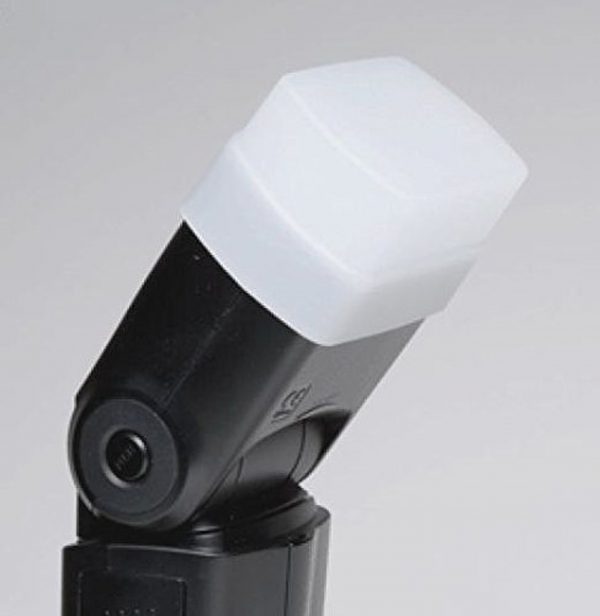
4. Rechargeable Batteries:
For each of the Cannon and Nikon user’s reading, rechargeable batteries which you don’t want to forget. External flash generally functions on AA batteries. And, believe me, you don’t want to put the flash back on your back before the shoot’s completed, the dead battery being the reason.
This one of the best Nikon accessories or one of the best Cannon accessories one would always keep with themselves, being kind to oneself.
5. Battery Charger:
I know this is pretty obvious, but that’s my duty to keep you on track with the flow. External flash operates on 4 AA batteries, for which consider at least 8 AA slots. This will assist you to recharge for two flashes in one go. I would recommend you to buy a charger which cuts off the charging procedure as soon as your batteries are fully charged, to avoid the damage to your batteries because of overcharging.
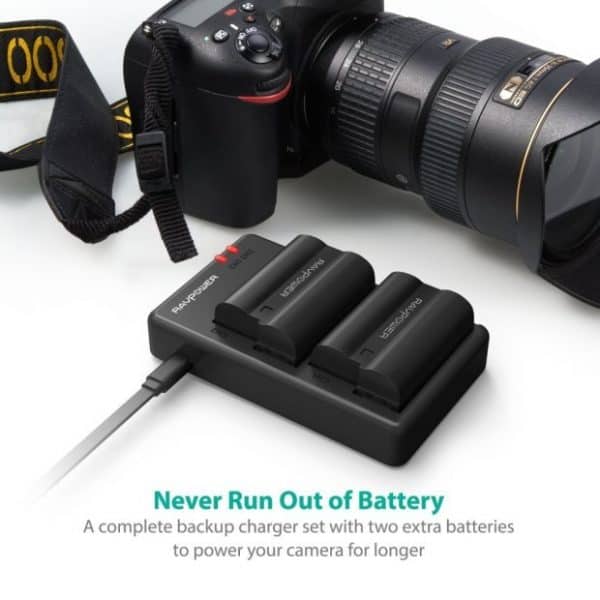
6. Gray Card:
On an average, DSLR’s meter 13% of the gray card. To capture reflected light, the DSLR meter requires 18% of the gray card. It is easy to use, use your camera to meter the card, and you’re good.
This card is also used to balance white. All you have to do is, take a normal snap of the grey card before every shot you take, while post-processing the grey forms the basis of white balance, further applying that white balance setting to the remaining shoots.
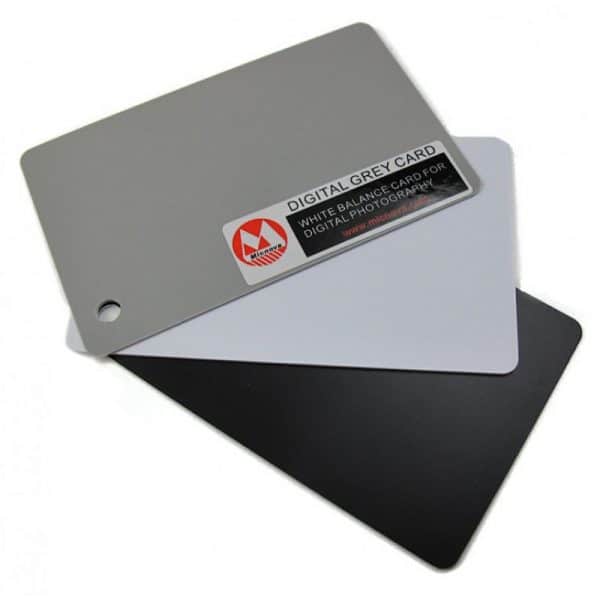
7. Cleaning kit:
A good photographer always keeps his equipment clean, believe me, or not. Polishing your camera and camera accessories is one of the best ways to keep your camera from damage. Why? Do I really have to go tell you the basics of how dust can settle even in closed and clean places? Not just this, but cleaning your camera will keep you updated with any new scratches on your lens which is a big possibility.
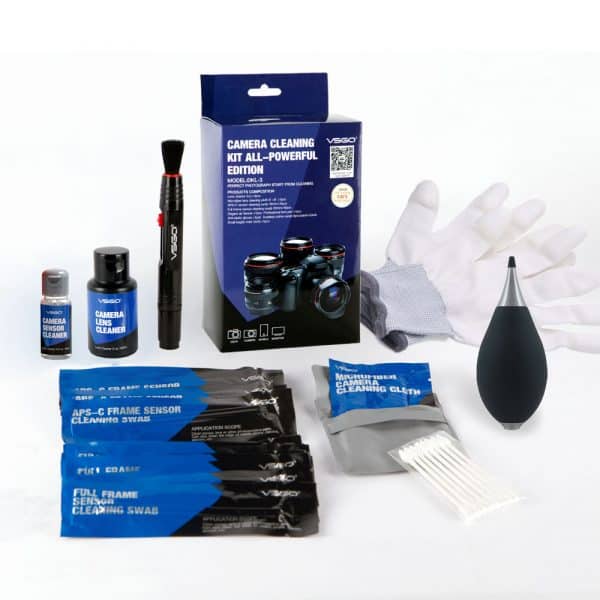
B. Camera Accessories for Amateurs:
8. 30mm or 50mm lens:
A 50mm lens is usually recommended by experienced people, but this advice is with respect to full-frame cameras. For cropped sensors, 30mm should be on your checklist.
The best part is 50mm are much cheaper in comparison to the 30mm. For the beginning, you can start with the f/1.8. When you’re all set for it, you can go for f/1.4 or f/1.2. Nikon 50mm camera accessories range from a value of 6k – 10k for f/1.8, whereas Canon 50 mm camera accessories range from 8k and onwards.
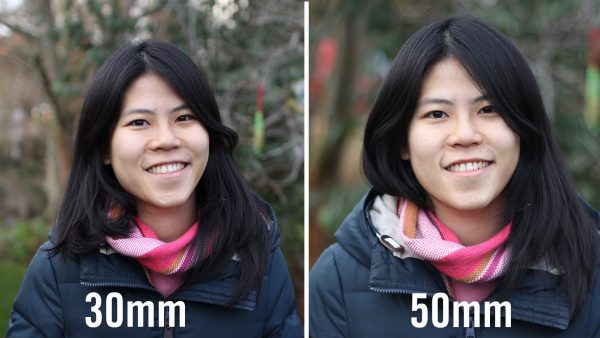
https://www.youtube.com/watch?v=rPuW7-VDWc4
9Neutral Density Filters
Neutral density filters are used in the presence of harsh or bright light with a wide aperture and slow shutter speed. It functions like a light reducing agent for the lens, allowing minimal amount of light entering into the lens. This filter sits upon the lens.
This filter can be graduated, by darkening half of it. Proving effective for landscapes, making the bright sky look darker without darkening the foreground.

10. Polarizing Filter:
Polarizing filters sits onto a lens, reducing the amount of light entering the lens from specific direction. This filter is best suited for nature photography, or outdoor shoots with reflections or glare from the sun. This filter prevents ruining of your pictures because of the glares from the sun or reflections from water. Want a picture in the beach during sunset? Why not?
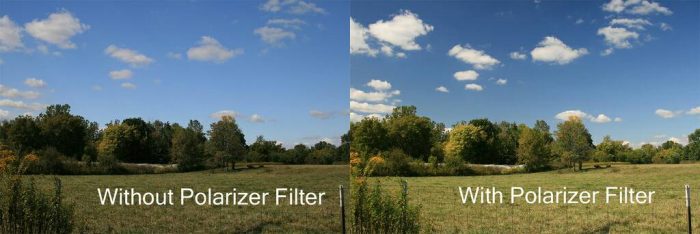
11. Remote Shutter release:
Always wanted to photograph your picture yourself? Well this remote allows the user to take pictures using this remote without actually having to touch camera’s body. This works extremely well with pictures requiring equipments, like tripod for low-light and long-exposure shots.
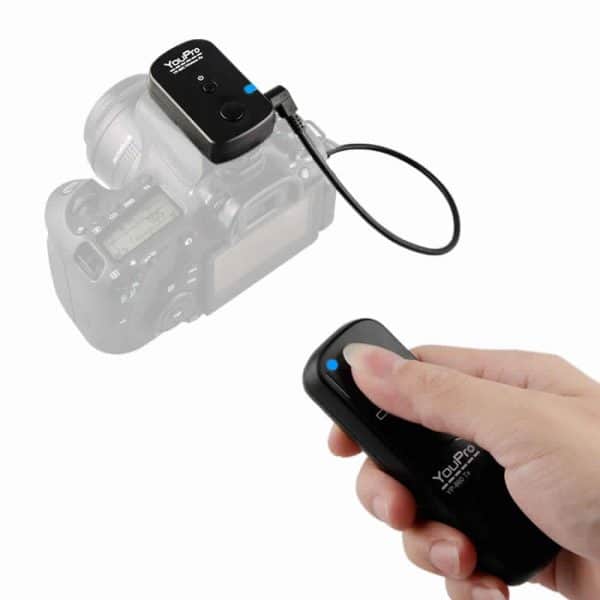
12. Memory Cards
RAW Shots will be the first thing which will come to your mind when you start acquiring the knowledge. RAW images have a very high-resolution and comparatively much larger in size than JPEG. This will need a larger storage capacity, investing in good storage size of memory card should be your primary thought before you start with RAW shots.
13. Photography Bag:
Photography bag, helps you keep your lenses and equipments organised and safe. These bags range from 1k – 5k. Investing in a good photography bag is a good way to prevent your delicate equipments getting squished and damaged. You might want to consider 1k – 5k of investment for average of 50k – 90k of investment that you did on your camera.
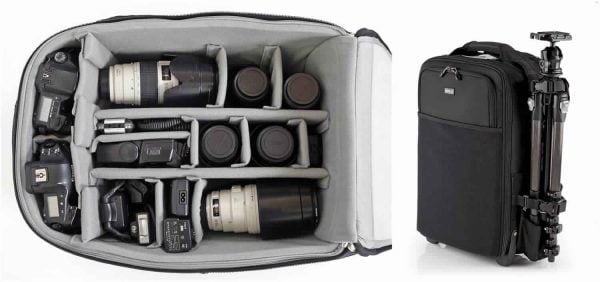
C. Camera Accessories for Professionals:
14. Bounce Reflectors:
You often see photographer’s using the white sheets, for reflecting light onto the subject to highlight some features. The bounce reflector’s do the same. This gives some professional look to your photographic skills. You will need some assistance for holding those reflectors or you can use a reflector stand to hold it.
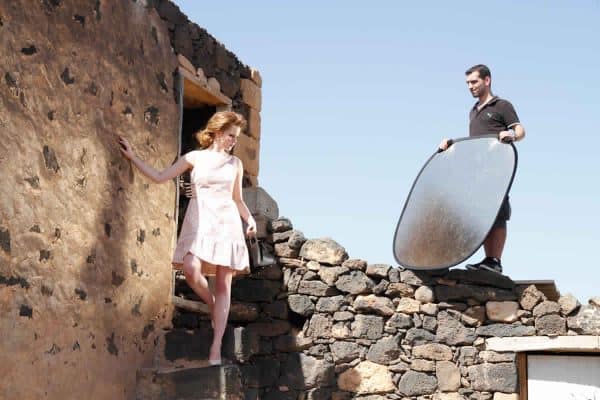
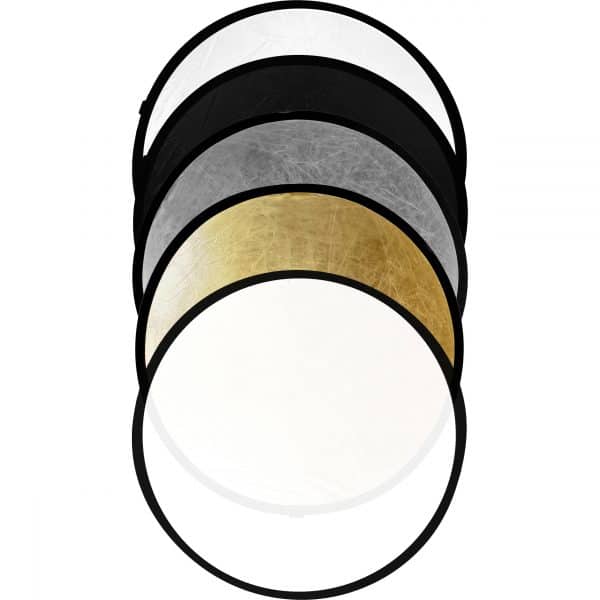
15. Flash Light Stand:
Using an off-camera flash enhances your picture clicking experience. It can be used in many ways to manipulate light. You just need to position the flash on the Flash light Stand and apply your skills making your magic happen.
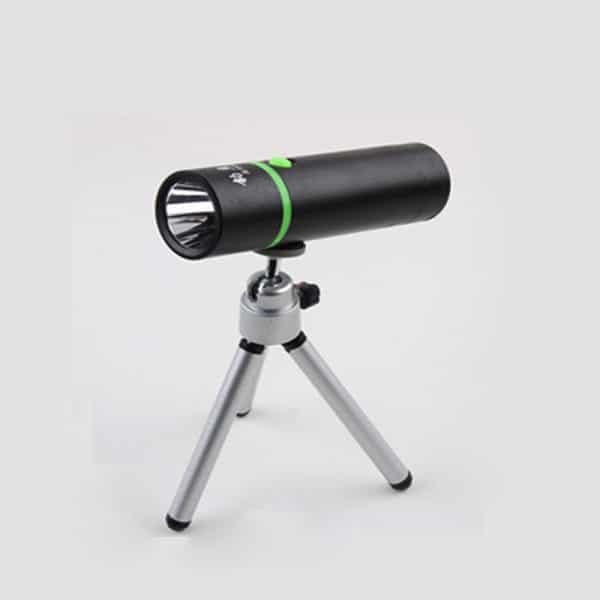
16. Flash umbrella or Softbox:
Flash umbrella is the upgraded version of flash diffuser. It makes the source of your flash much better, much bigger as the distance covered by flash diffuser was less. Reflective umbrella can also be used as a substitute but it creates harsher light. The softbox promotes less light spillage.
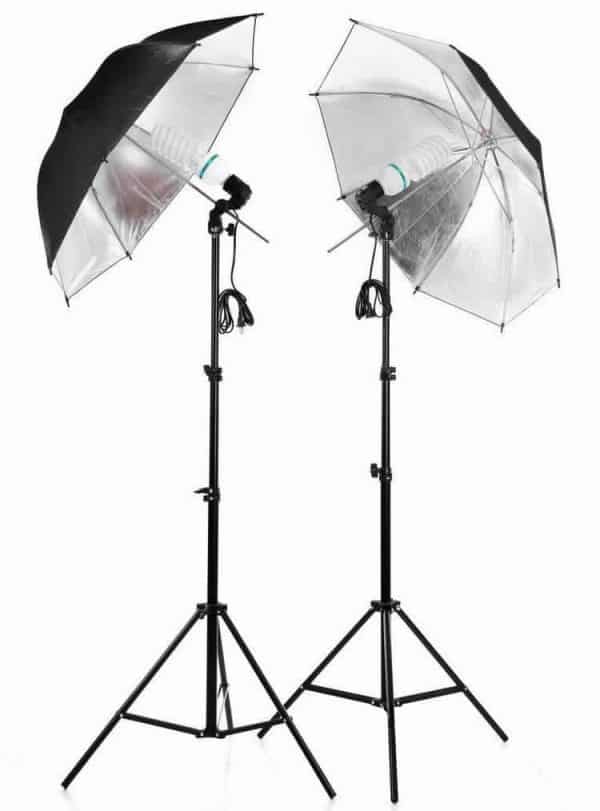
17. Flash Snoot:
Snoot is not one of the very popular camera accessories. It is tube like structure that fits onto the flash and concentrates the light in a unidirectional way. A flash snoot allows to nullify light spillage.
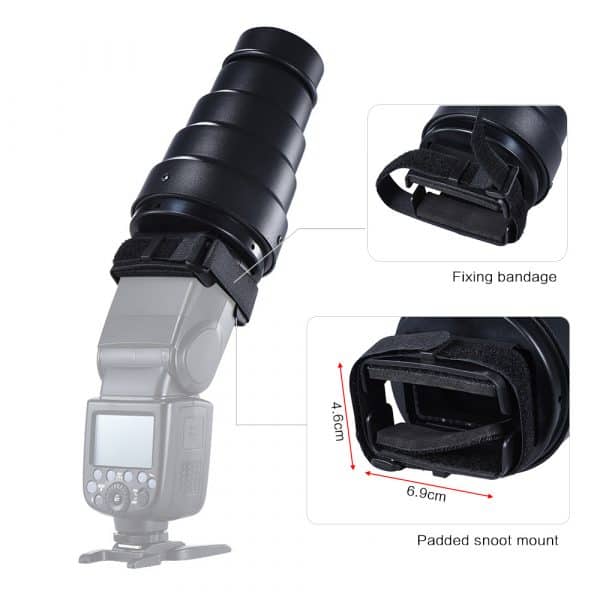
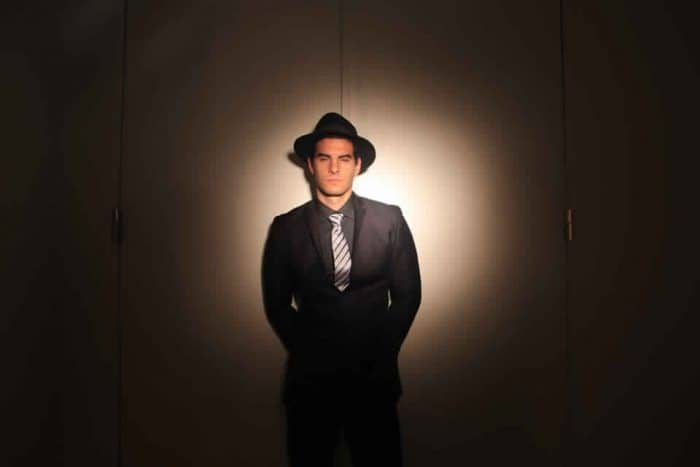
18. Camera Straps:
A basic camera strap that come with your Canon and Nikon, doesn’t help you much in hours and hours of photo shoots. It can be quite uncomfortable and give you shoulder pains. Investing in a good camera strap helps to maintain a correct balance with the weight of the camera minimizing the stress on your shoulders.

19. Specialized Lens:
There are special lenses for each kind of photography. The more experience you gain the more you’ll understand which kind of photography you would want to opt for. For landscape, wild-life, portrait etc. Each kind of photography has its own requirements of lenses.
20.Business Cards:
Well, business cards are really important for your work to get recognition. You never know, when you might need this the most. It is very necessary; you carry it with you everywhere you go, as mark of your identification. This will also help you expand your business value.
